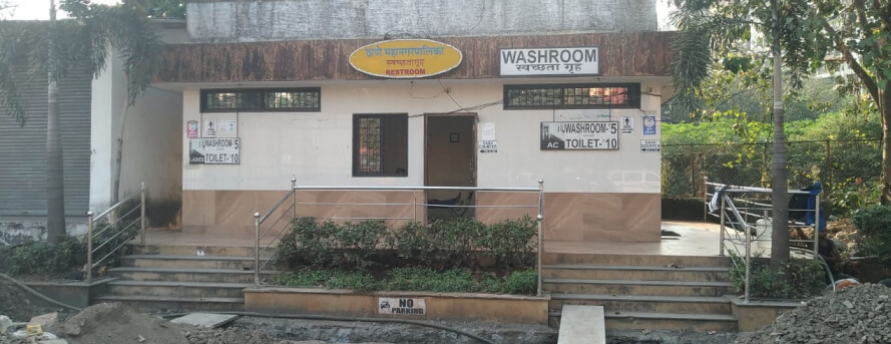

10
Nov 2020
Maintaining public health is tenacious in many developing countries including India. We are surrounded by daffy traditions, ideologies and stigma that are tough to eradicate. Public Health issues can be triggered in two simple yet major ways: poor sanitation and personal hygiene. These, in turn, can create the situations we’re all currently living in. India has seen many years under dirt and poor hygiene which lead to a huge death and mortality rate, but it is all beginning to change. The government and several non – profit organizations have invested a lot of resources in educating people about the importance of correct sanitation and public toilets but these issues continue to persist. Why?
Officially, Mumbai has been declared ODF or Open Defecation Free but is that the true reality? According to our research, many citizens are not utilizing the 100,000 toilets that have been installed across Mumbai alone. The reasons for this is
According to Ganga, the domestic helper in Zara’s house, approximately 100 people share six bathrooms three for males and three for females; it is horrifying to compare this figure to the lavish situations in each of our homes. How does this affect the sanitation of each person living in the slum and also every person they come in contact with?
In other circumstances, they do not have the most important resource required in toilets, water. How does one use a toilet with no water?
In other conditions, many are either used to or are forced to defecate outside, some are scared to use toilets and some even do not know-how.
Mostly, people refuse to pay the 3-5 rupees charge in some toilets.
So, how do we solve this crisis?
The condition of Ganga’s safety and sanitation is very fragile and has an almost direct impact on everyone she comes in contact with.
Our solutions are rather easy, overlapping and creates a win-win scenario for everybody. As we discussed before, education and measures for sanitation are already being implemented, but just not as effectively as needed.
The implementation can be immediate, but any significant impact will take a long time to be shown. How do we measure the difference? Each newly introduced toilet can have a system where people can be rewarded for using these toilets. The rewards can be as simple as sweets or as important as healthcare. In recurring time, we can calculate how many rewards have been given away and whether there are any significant changes.
 Leave a reply
Leave a reply
 Reviews (0)
Reviews (0)